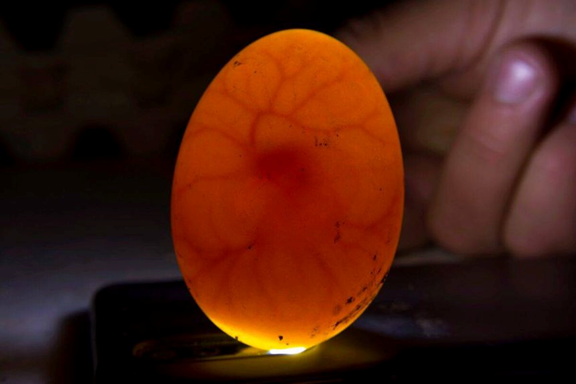CARE AND MANAGEMENT OF EGGS
DETECTING SPOILED EGGS
Detecting Spoiled Eggs from fresh Eggs:
Detecting whether an egg is fresh or spoiled can be essential for ensuring food safety. While it’s often challenging to determine just by looking at an egg, several methods can help to identify the fresh egg from spoiled egg.
1. Check the Expiration Date:
If the eggs are store-bought, check the expiration or sell-by date. This date indicates the egg’s freshness and viability. However, it’s worth noting that eggs are often good for a few weeks beyond this date if stored properly.
2. Float Test:
Place the egg in a bowl or glass of water. A fresh egg will sink and lie horizontally on the bottom due to its higher density. A slightly older but still good egg will stand upright on the bottom. However, if the egg floats to the surface, it’s likely spoiled and should be discarded. This floating occurs because as eggs age, they lose moisture and develop a larger air cell, causing them to float.

3. Odour Test:
Crack the egg open onto a plate or into a bowl. A fresh egg will typically have little to no odour. If the egg emits a strong, unpleasant odour, it’s likely spoiled. The smell of sulphur or a rotten odour is a clear indication of spoilage.
4. Visual inspection
Examine the egg’s shell for any cracks or unusual discoloration. While cracks alone don’t necessarily mean the egg is spoiled, they can allow bacteria to enter and spoil the egg more quickly. Additionally, if the shell is excessively dirty or stained, it may indicate poor handling or storage conditions, which could lead to spoilage.
5. Yolk and white Appearance
A fresh egg will have a thick, firm white and a rounded, compact yolk. If the white is watery or spread out, or if the yolk appears flattened or broken, the egg may be old or spoiled.
6. Candling
egg-grading process in which the eggis inspected before a penetrating light in a darkened room for signs of fertility, defects, or freshness.This method also involves examination of internal contents of eggs. Fresh eggs will have a clear, well-defined yolk and white. Any discoloration or cloudy spots may indicate spoilage. Because the air cell at the wide end of the egg shrinks with age, its size is a good indicator of freshness. The shadow cast on the shell by the yolk also shows the age; since an older egg has thinner albumin, its yolk rests closer to the shell, casting a sharper shadow.

